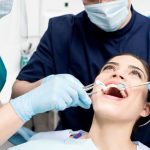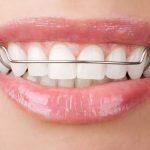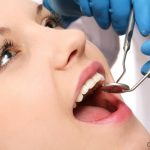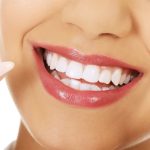Wisdom Teeth Removal: How Long to Wait Before Vaping?
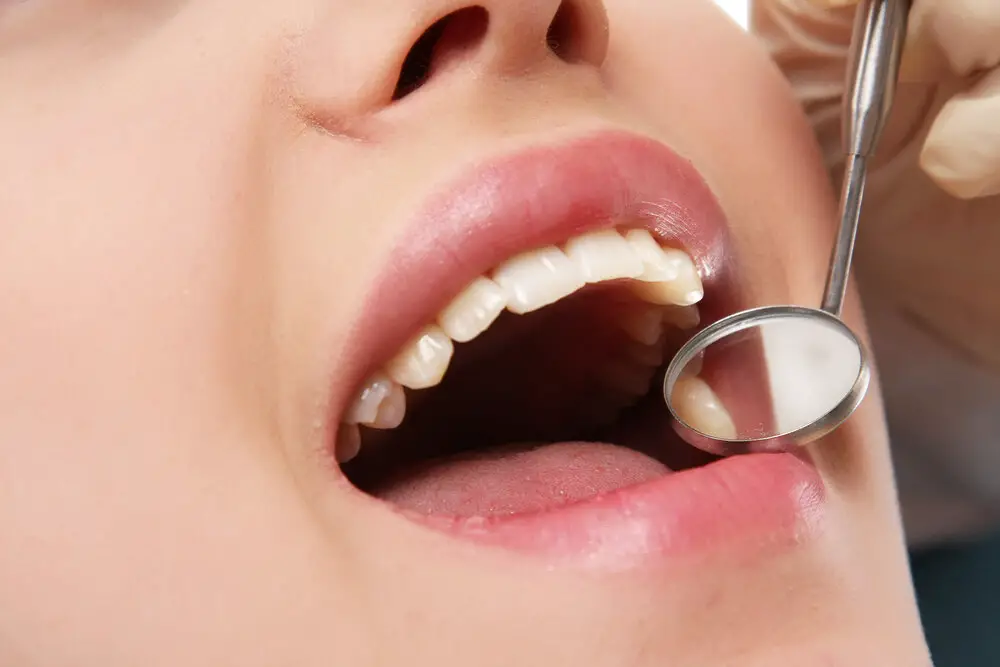
Wisdom teeth removal is a common surgical procedure that many people undergo at some point in their lives. While the surgery itself may not be complicated, the recovery process can present challenges, especially when it comes to certain habits like vaping. For those who enjoy vaping, the question of how long to wait before resuming the habit after wisdom teeth removal is a common one. Vaping involves inhaling a vapor that is created by heating a liquid that often contains nicotine, flavoring, and other chemicals. This process can be soothing and enjoyable for many people, but it can also be harmful to the healing process after wisdom teeth removal. It is important to understand the potential risks and factors to consider when deciding how long to wait before vaping again after wisdom teeth removal.
Wisdom teeth removal is a common dental surgery that involves the extraction of the third molars located at the back of the mouth. This procedure is often necessary due to lack of space in the mouth, impacted teeth, or other dental issues. After the surgery, it is important to follow the post-operative instructions provided by the dentist, which may include restrictions on smoking and vaping. Vaping, in particular, can cause negative effects on the healing process, as the nicotine and chemicals in e-cigarettes can increase inflammation and delay the body’s natural healing process. Therefore, it is advised to wait at least 72 hours before vaping after wisdom teeth removal to ensure proper healing and avoid any complications.
Following postsurgery instructions is crucial for a successful recovery after any medical procedure, including wisdom teeth removal. These instructions are designed to minimize discomfort, prevent infections, and promote healing. Ignoring or neglecting these instructions can lead to severe complications, such as dry socket, which can be excruciatingly painful. Patients should carefully follow their dentist’s guidelines, which may include avoiding certain foods, taking medication as prescribed, and refraining from smoking or vaping. Even small deviations from these instructions can prolong the recovery period and increase the risk of complications. Therefore, it is essential to take postoperative instructions seriously and follow them diligently to ensure a smooth and speedy recovery.
Understanding Wisdom Teeth Removal
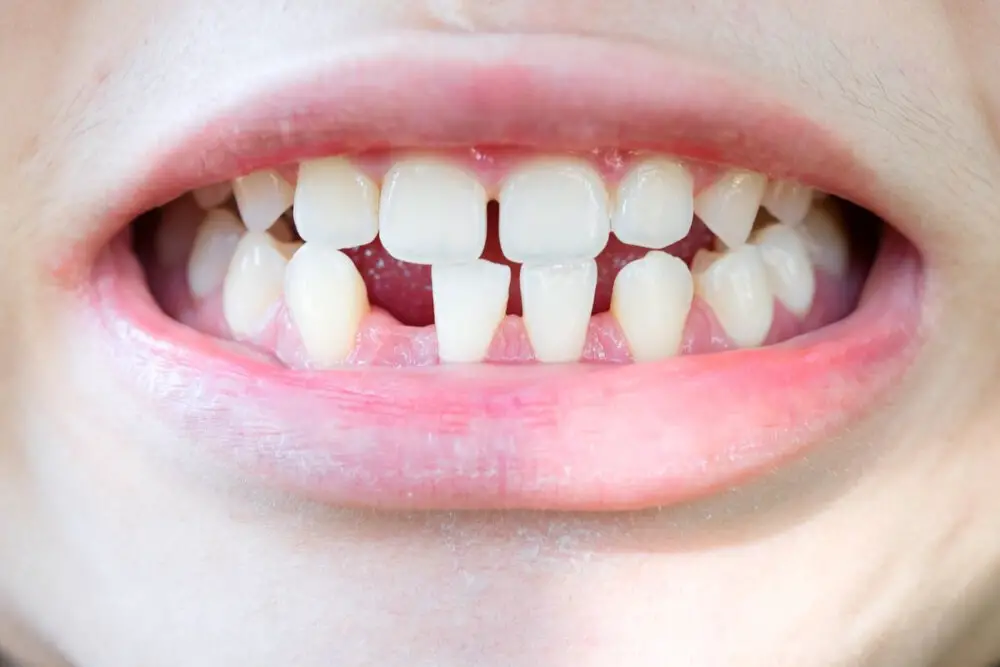
Wisdom teeth removal is a common dental procedure that involves the extraction of the third molars located at the back of the mouth. These teeth usually emerge between the ages of 17 and 25, and in some cases, they can become impacted or misaligned, causing pain, infection, and even damage to the neighboring teeth. As a result, many dentists recommend removing them to prevent further complications. The wisdom teeth removal procedure is typically performed under local anesthesia, and in some cases, general anesthesia may be used. The dentist or oral surgeon will make an incision in the gum tissue to access the tooth, then remove any bone blocking the tooth and separate it from the ligament connecting it to the jawbone. Once the tooth is removed, the dentist will clean the area and place stitches to promote healing. Recovery time after wisdom teeth removal varies depending on the individual, but it usually takes about a week to ten days for the swelling and discomfort to subside. During this time, patients are advised to avoid smoking, vaping, or using straws, as the suction can dislodge the blood clot and delay the healing process.
Wisdom teeth, also known as third molars, are the final set of teeth to emerge in the back of the mouth, often around the age of 17 to 25. These teeth can cause problems if there is not enough space in the mouth for them to grow properly, leading to pain, infection, and damage to surrounding teeth. In some cases, wisdom teeth do not emerge at all, while in others, they can grow crooked or impacted, causing discomfort and requiring removal. While wisdom teeth once served a purpose for our ancestors, who needed them to grind tough foods, they are now considered vestigial and often a nuisance for modern humans.
Wisdom teeth, also known as third molars, are often removed due to various reasons. One of the most common reasons is that they can cause pain and discomfort, especially if they become impacted, meaning they don’t have enough room to grow properly. Impacted wisdom teeth can also lead to infections, swelling, and damage to nearby teeth and gums. Another reason for wisdom teeth removal is to prevent future dental problems. Even if they are not currently causing any issues, wisdom teeth can be difficult to clean properly, making them more susceptible to decay and gum disease. In some cases, it is also necessary to remove wisdom teeth to prepare for orthodontic treatment or to avoid crowding of the other teeth. Overall, the decision to remove wisdom teeth should be made in consultation with a dentist or oral surgeon based on an individual’s specific circumstances.
There are three types of wisdom teeth extraction procedures: simple extraction, surgical extraction, and coronectomy. Simple extraction is done when the tooth is visible and can be easily removed with forceps. Surgical extraction is necessary when the tooth is impacted or not fully erupted, and requires an incision in the gum to access the tooth. Coronectomy is a less invasive option for wisdom teeth that are too close to nerves, where only the top part of the tooth is removed to prevent nerve damage. The type of procedure needed will depend on the position of the tooth and the level of difficulty in extracting it. Your dentist or oral surgeon will determine the best course of action for your specific case.
The Healing Process after Wisdom Teeth Removal
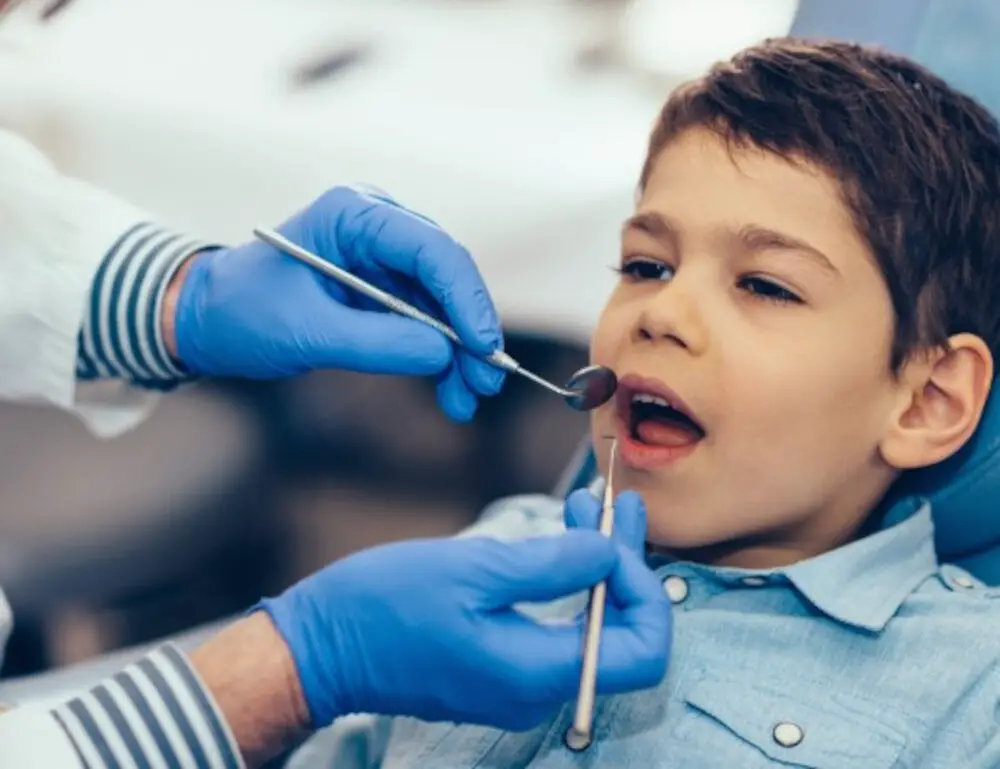
After wisdom teeth removal, the healing process is crucial to ensure a smooth and quick recovery. The first 24 hours are the most critical, and patients must follow their dentist’s instructions carefully. Swelling, bleeding, and discomfort are expected during the first few days, but these can be easily managed with prescribed painkillers and ice packs. Patients must avoid vigorous rinsing or spitting, as this can dislodge the blood clot that forms over the extraction site, leading to a painful condition called dry socket. Soft foods and liquids are recommended during the first few days, gradually transitioning to solids as the healing progresses. Patients must refrain from smoking, using straws, or spitting, as these activities can also disrupt the healing process. As the days pass, the swelling and discomfort should gradually subside, and patients can resume their daily activities. However, it is essential to continue to follow the dentist’s instructions to ensure proper healing. Regular oral hygiene practices such as brushing and flossing are essential, but patients must be gentle and avoid the extraction site. Warm saltwater rinses can aid in the healing process and prevent infection. Any persistent pain, swelling, or fever should be reported to the dentist immediately, as it could be a sign of complications. Overall, a successful healing process after wisdom teeth removal requires patience, proper care, and adherence to the dentist’s instructions.
The timeline for the healing process after wisdom teeth removal varies from person to person depending on various factors such as age, health condition, and the complexity of the extraction. Generally, the first 24 hours after surgery is the most crucial period for healing. Bleeding and swelling are common during this time, and patients are advised to rest and avoid strenuous activities. After the first few days, the swelling and pain should gradually subside, and patients should be able to resume a normal diet. However, complete healing can take up to several weeks, during which patients are advised to avoid smoking, vaping or any other activity that may hinder the healing process.
After undergoing surgery, it is common to experience several postoperative symptoms, including pain, swelling, bleeding, and inflammation. In the case of wisdom teeth removal, these symptoms may last for up to a week or two, depending on the individual’s healing process. Pain and swelling can be managed with over-the-counter pain relievers and ice packs. Bleeding can be controlled by biting down on gauze or tea bags, and inflammation can be reduced by following a soft food diet and avoiding smoking or vaping. It is important to follow all postoperative instructions provided by your dentist or oral surgeon to ensure a smooth and speedy recovery.
After undergoing wisdom teeth removal surgery, it is essential to take care of yourself to ensure a smooth and speedy recovery. Firstly, make sure to follow the instructions provided by your dentist or surgeon regarding pain management, the use of ice packs, and avoiding certain foods. Additionally, it is crucial to maintain good oral hygiene by gently brushing your teeth and rinsing with warm saltwater. It is also advisable to avoid smoking or vaping for a minimum of 72 hours after the surgery to prevent dry socket and reduce the risk of infection. Lastly, take enough rest, stay hydrated, and avoid strenuous physical activities to allow your body to heal properly. Following these post-surgery care instructions can help you recover quickly and get back to your routine.
Vaping after Wisdom Teeth Removal
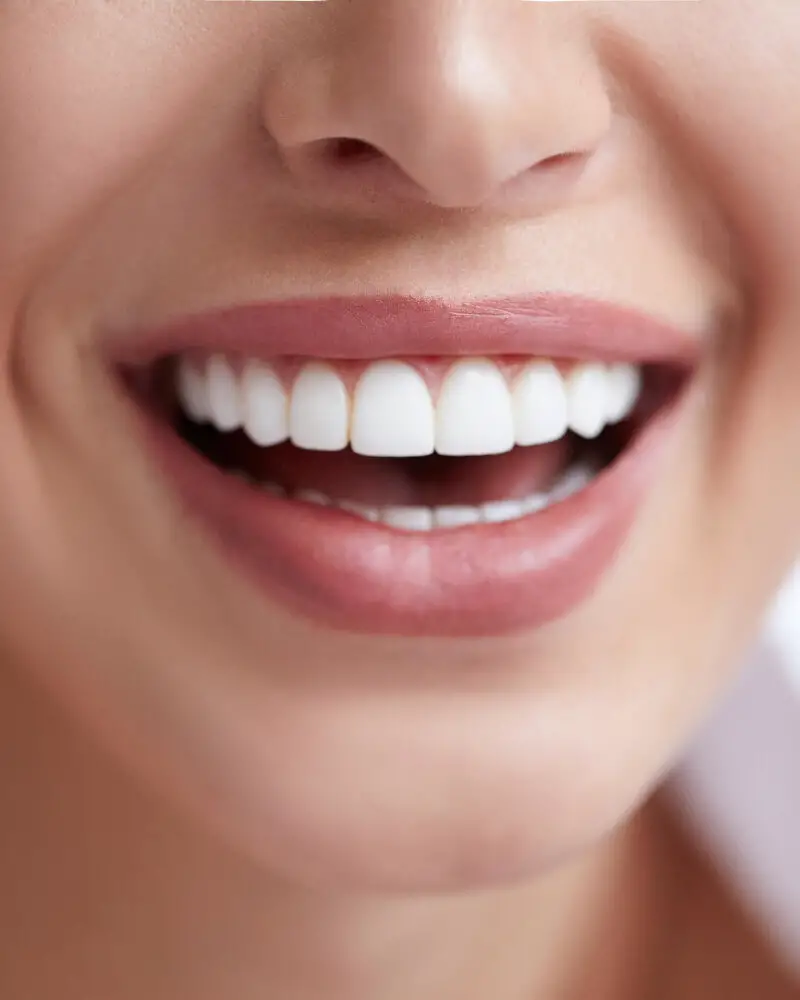
Wisdom teeth removal is a common procedure that many people undergo at some point in their lives. It involves the extraction of one or more of the molars located at the back of the mouth. After the procedure, it is important to take proper care of the extraction site to avoid complications such as infection and bleeding. One question that often arises after wisdom teeth removal is how long one should wait before vaping. Vaping after wisdom teeth removal can be harmful and delay the healing process. Therefore, it is important to wait until the extraction site has fully healed before resuming vaping. Vaping after wisdom teeth removal can be detrimental to the healing process. The heat and chemicals in the vapor can irritate the extraction site, causing pain and inflammation. Additionally, vaping can increase the risk of infection and delay the healing process. It is important to wait until the extraction site has fully healed before resuming vaping. This typically takes about a week or two, depending on the individual and the complexity of the extraction. During this time, it is important to follow your dentist’s post-operative instructions and avoid smoking or vaping to ensure a smooth and speedy recovery.
Vaping after surgery, especially wisdom teeth removal, can pose significant risks to a patient’s health. The act of inhaling vapor from e-cigarettes can cause irritation and inflammation in the mouth, throat, and lungs, leading to infection and delayed healing. Additionally, the chemicals and nicotine present in e-cigarette vapor can interfere with the body’s natural healing process, potentially leading to complications such as dry socket or infection. It is crucial to wait for the recommended time before vaping after surgery to ensure proper healing and reduce the risk of complications, as advised by your doctor or surgeon.
When it comes to wisdom teeth removal, it’s important to know when it is safe to vape again. Factors that determine when it is safe to vape include the type of anesthesia used during the procedure, the extent of the surgery, and the individual’s healing process. If general anesthesia was used, it is recommended to wait at least 24 hours before vaping to avoid any complications. Additionally, the extent of the surgery may affect the healing process, with more extensive procedures requiring longer wait times before vaping. It is important to listen to your dentist or oral surgeon’s advice and monitor your own healing process before resuming vaping.
After wisdom teeth removal, it is essential to take proper care of your mouth to avoid any complications. One of the most common questions that arise is how long to wait before vaping after wisdom teeth removal. The recommended waiting time is at least 72 hours or three days after the surgery. This waiting period is necessary to ensure that the blood clot that forms in the socket remains undisturbed, and the healing process is not disrupted. Vaping too soon after wisdom teeth removal can cause dry socket, which is an extremely painful condition that can delay the healing process. It is also important to avoid smoking cigarettes, as the smoke can cause irritation and delay the healing process even further. Overall, it is best to wait at least 72 hours before vaping after wisdom teeth removal to ensure a smooth and speedy recovery.
Alternatives to Vaping after Wisdom Teeth Removal

After wisdom teeth removal, it is important to avoid vaping as it can cause complications during the healing process. Nicotine, present in the majority of e-cigarettes, is a vasoconstrictor that can restrict blood flow to the surgical site, delaying the healing process and increasing the risk of infection. Fortunately, there are several alternatives to vaping that can help you cope with the withdrawal symptoms and relieve pain after wisdom teeth removal. These alternatives include nicotine patches, gum, lozenges, and inhalers. Nicotine patches are a popular choice as they deliver nicotine through the skin, bypassing the digestive system and lungs. Gum and lozenges are also effective as they release nicotine gradually, reducing the urge to vape. Inhalers, on the other hand, mimic the act of smoking and can provide a similar sensation to vaping. Another alternative to vaping after wisdom teeth removal is to opt for non-nicotine options. Many people find that vaping is not just about nicotine but also about the physical act of inhaling and exhaling. In this case, you can try herbal cigarettes or aromatherapy diffusers. Herbal cigarettes are made of natural herbs and contain no nicotine, tar or tobacco. They are a good option for those who enjoy the taste and ritual of smoking but want to avoid the harmful effects of nicotine. Aromatherapy diffusers, on the other hand, use essential oils to create a relaxing and calming atmosphere. They can help you manage anxiety, stress, and pain after surgery, without the need for nicotine. Whatever alternative you choose, it is important to consult your dentist or doctor before using it to ensure that it is safe and appropriate for your individual needs.
Nicotine intake can be achieved in various ways, apart from vaping. Nicotine gum, patches, lozenges, and nasal sprays are some of the popular methods for nicotine intake. Nicotine gum, patches, and lozenges are available over-the-counter and are often used as nicotine replacement therapy to help people quit smoking. Nicotine nasal sprays are available by prescription only and are typically used for severe nicotine addiction. It is important to note that these methods may still contain nicotine and can lead to addiction, so it is essential to use them only as directed and under the guidance of a healthcare professional. Ultimately, the best way to avoid nicotine intake and its harmful effects is to quit smoking or vaping altogether.
Managing cravings can be a challenging task, especially after wisdom teeth removal. To minimize the urge to vape after surgery, it is essential to keep your mouth clean and hydrated. Swishing with saltwater or antibacterial mouthwash can help reduce bacteria and inflammation, which can trigger cravings. Additionally, it is recommended to avoid alcohol, caffeine, and spicy foods that can irritate the surgical area and create discomfort. Engaging in stress-reducing activities such as meditation, yoga, or deep breathing exercises can also help manage cravings by reducing anxiety levels. Finally, keeping yourself busy with hobbies or activities that require your full attention can help distract your mind from the urge to vape.
In summary, wisdom teeth removal is a common dental procedure that involves the extraction of one or more teeth at the back of the mouth. After the procedure, it is important to wait at least 72 hours before vaping to avoid complications such as dry socket. Dry socket is a painful condition that occurs when the blood clot that forms after the tooth extraction is dislodged, exposing the underlying bone and nerves. It is crucial to follow the post-operative instructions provided by the dentist to ensure proper healing and avoid any potential complications. Overall, patience and caution are key when it comes to vaping after wisdom teeth removal.
It is crucial to follow postsurgery instructions after wisdom teeth removal to ensure proper healing and avoid complications. These instructions may include avoiding smoking or vaping for a certain amount of time, taking prescribed pain medication, and maintaining good oral hygiene. Failure to comply with these instructions can lead to possible infection, prolonged healing time, and even more severe consequences such as dry socket. It is important to understand that following postsurgery instructions may be uncomfortable or inconvenient, but the benefits of doing so far outweigh the risks of not doing so. By taking the necessary steps to care for yourself after wisdom teeth removal, you can ensure a safe and successful recovery.
In conclusion, wisdom teeth removal is a common procedure that requires proper aftercare to ensure a smooth recovery. It is essential to follow the instructions provided by your dentist or oral surgeon to avoid any complications or delays in healing. As a general rule, it is recommended to wait at least 72 hours before vaping after wisdom teeth removal to reduce the risk of dry socket and other potential complications. However, it is always best to consult with your healthcare provider to determine the appropriate time frame for your individual case. Remember to take it easy, avoid smoking or vaping, and follow a soft foods diet to promote healing and a speedy recovery.
Conclusion
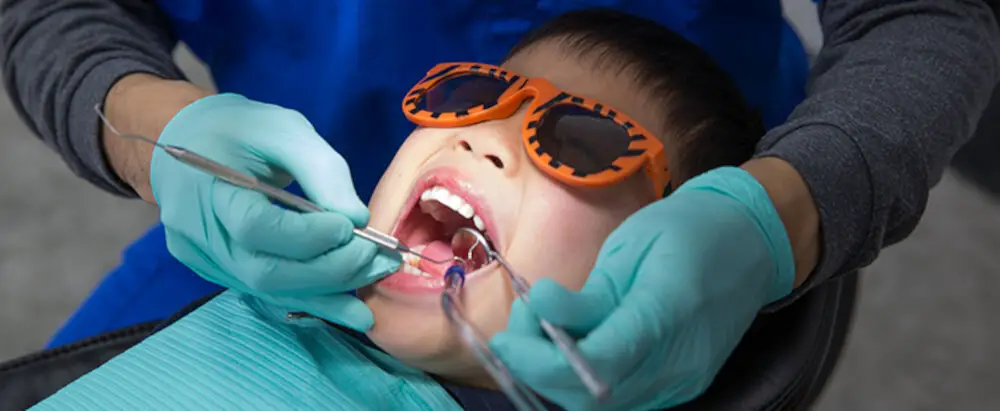
In conclusion, wisdom teeth removal is a common dental procedure that requires proper aftercare to ensure a speedy recovery. If you are a regular vaper, it is important to wait at least 72 hours after the surgery before resuming vaping to avoid complications such as dry socket. It is also essential to follow the dentist’s instructions diligently, including taking prescribed medication, eating soft foods, and avoiding smoking or anything that can cause suction in the mouth. Remember, the recovery period may vary depending on the individual and the complexity of the procedure. Therefore, it is crucial to consult with your dentist for guidance on when it is safe to return to your regular vaping routine. By taking the necessary precautions and following the aftercare instructions, you can ensure a smooth and successful healing process after your wisdom teeth removal.
